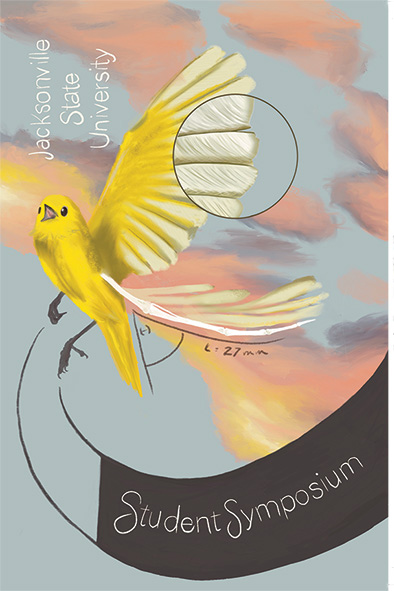
Title
Can Helmets Assist in the Reduction of Concussions in Football Athletes, when Compared to Patient Education and Tackling Techniques: A Critically Appraised Topic
Date
2-13-2023
Faculty Mentor
Jennifer Savage, Kinesiology; Christopher Clark, Kinesiology
Loading...
Files
Submission Type
Paper
Location
10:30-10:40am | Houston Cole Library, 11th Floor
Description
Context: The primary job of a helmet is to cushion the blow that players receive during games by using a hard exterior and a cushioned interior to provide optimal protection during contact. Patients primarily need to be introduced to tackling techniques that reduce the force placed on the head during tackles, as this involves using your shoulders to utilize appropriate tackling techniques. If a football athlete leads with the head during a tackling technique, it can increase the likelihood of head injuries. The purpose of the critically appraised topic is to examine the effectiveness of helmets in reducing the risk of concussions in football athletes compared to proper tackling techniques and patient education.
Methods: A computerized search was completed in October 2022. The search terms used were “concussions”, “football”, “prevention”, “tackling techniques”, and “helmets”. Electronic databases used were Pubmed and the Jacksonville State University Library. Inclusion criteria: Articles written in the English language, limiting concussion risks, and published articles within the past ten years. Exclusion criteria: Soccer, rugby, and studies that were focused on rehabilitation of concussions. Validity of the selected studies was determined using the Physiotherapy Evidence Database scale and the Strengthening the Reporting of Observational Studies in Epidemiology. One author independently reviewed the studies, scored each paper, and reviewed the completed appraisals to come on study quality.
Results: The literature retrieved 16 total articles and 12 were excluded based on exclusion criteria, resulting in four studies. The study confirms that patient education, proper tackling techniques, and certain characteristics of helmets are beneficial approaches to reduce the risk of concussions. Current methods of teaching proper tackling techniques and initiation of targeting rules decreased concussion rates by up to 40%. In addition, improperly fitted helmets amount for up to 7% of all concussions. Furthermore, different brands of helmets can decrease concussion rates based off the design and inner lining. Lastly, patient education is important because coaches teach at-risk tackling techniques and are unaware of the sustained injuries involved in football. Teaching athletes to avoid leading with the helmet which exposes the head is vital to reduce the risk of concussions.
Conclusion: The study strengthens the needs of patient education, proper tackling techniques, and characteristics of helmets can be beneficial in reducing the risk of concussions. Future studies should compare the most common types of helmets, along with the injury rates when using certain lining within the same helmets. In addition, the severity of concussions when using improper tackling needs to be conducted.
Keywords
student research, kinesiology
Rights
This content is the property of Jacksonville State University and is intended for non-commercial use. Video and images may be copied for personal use, research, teaching or any "fair use" as defined by copyright law. Users are asked to acknowledge Jacksonville State University. For more information, please contact digitalcommons@jsu.edu.
Disciplines
Kinesiotherapy
Recommended Citation
Glover, Micah, "Can Helmets Assist in the Reduction of Concussions in Football Athletes, when Compared to Patient Education and Tackling Techniques: A Critically Appraised Topic" (2023). JSU Student Symposium 2023. 20.
https://digitalcommons.jsu.edu/ce_jsustudentsymp_2023/20



